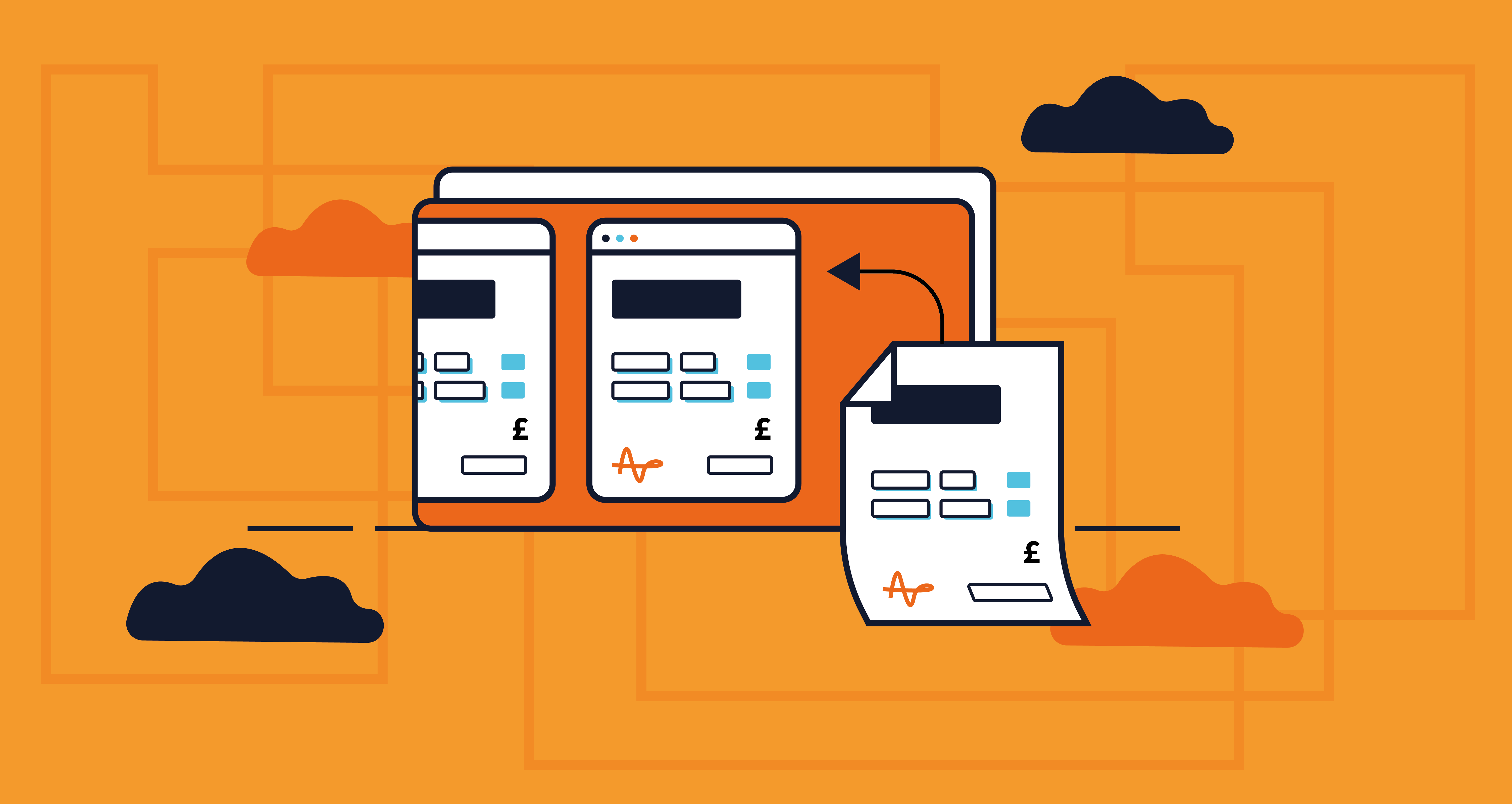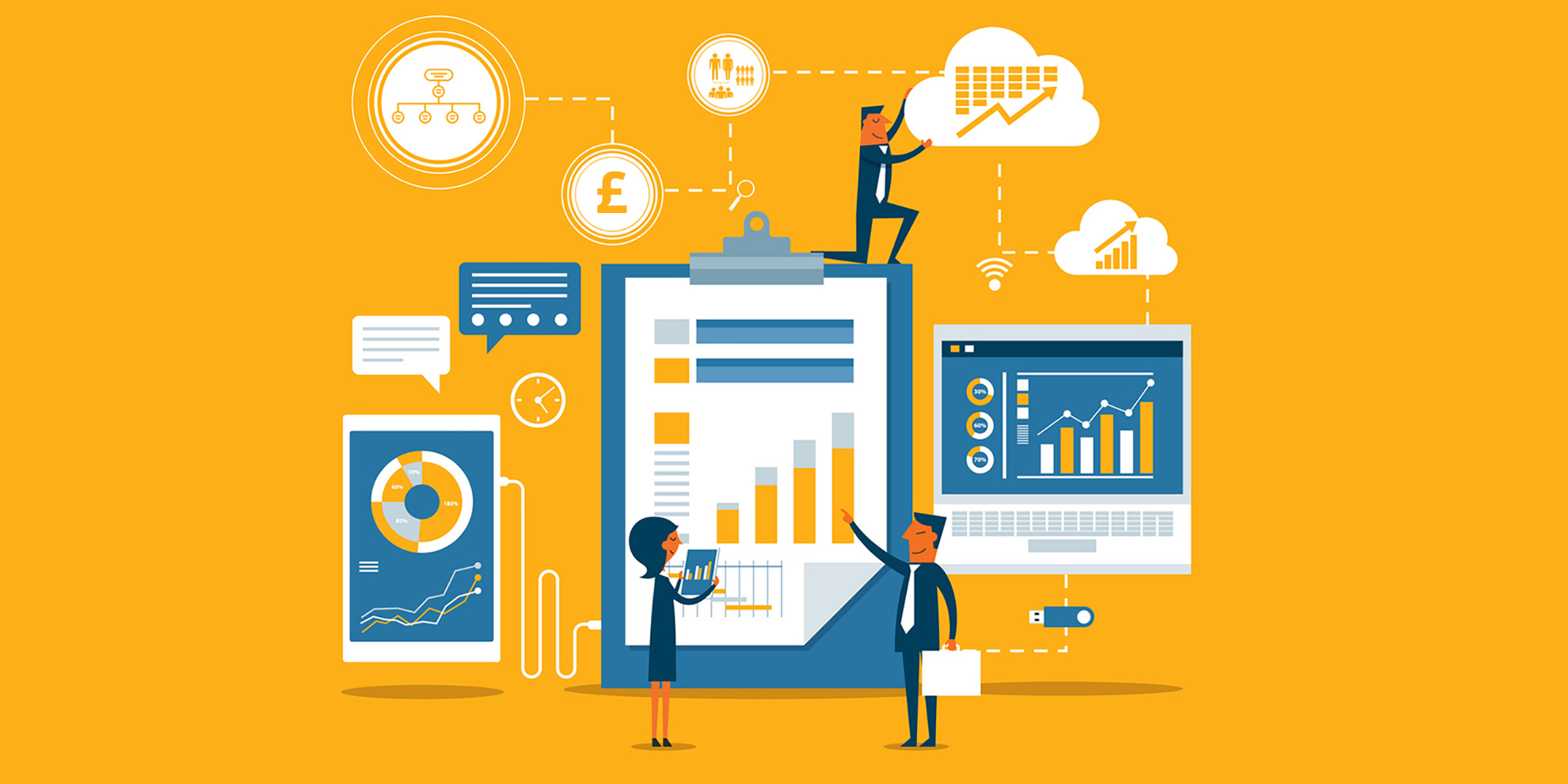Today's professional service workers across many industries are drowning in manual tasks. Whether it’s saving files, inputting data, sending PDFs, chasing people for information… the list goes on and on. Every drawn-out process causes frustration and disengagement, while wasting valuable time and money. Nowhere is this clearer in billing and invoicing processes.

Every second your workers spend fiddling with over-complicated and unnecessary tasks is real value that your company is failing to seize.
But with cloud enterprise resource planning (ERP), things don’t have to be this way. Using close integration with functions and technology from across the Microsoft three clouds, including Office 365, you can create a single dynamic interface that sources, processes and stores all your information in one place. Here’s how the cloud lets you take back that value and improve your workers’ daily lives.
The Right Information at the Right Time
An efficient billing and invoicing process requires having the right information quickly, efficiently, and automatically. In financial and professional services companies everywhere, there’s far too much manual work involved in compiling this. Let’s consider the average invoice – it’s filled with information you need to source from elsewhere in your IT environment, including information from work orders, as well as resourcing data, and any relevant rebates or discounts. Often, this information is stored in third-party systems, or csv files derived from static spreadsheets.
Ultimately, it’s the job of the finance worker to manually input this information into the ERP so the invoice can be generated. From there, the invoice document has to be saved in the right place before it can be emailed. In a lot of cases, the information is then typed up once again in Word or Excel so that the right format can be reproduced. End-to-end, this manual process is excessively time-consuming, and prone to human error.
But with a cloud ERP, you can complete the entire process from within the ERP environment. You can automatically populate your invoices with the right payment information, including any discounts or rebates, giving your client a detailed overview of the payment terms. Then, the invoice can be automatically sent out via Outlook from your ERP, without the need to manually copy or transfer information between conflicting file types. This makes the entire process smooth, automatic and accurate, providing more time and value for both the client and your finance team.
Smooth and Seamless Payments
Even after invoices have been sent, finance workers still spend far too much time on menial, manual tasks. Principally, this involves monitoring when payments are made, updating trackers and spreadsheets once they have, and sending out the relevant reminders when they haven’t. With a cloud ERP platform, this entire process can be almost completely automated.
It’s also important to ensure that the rest of the billing and invoicing process can proceed just as fast. The best way to make sure your invoices are paid on time is to make it as easy as possible to do that. Older ERPs struggle to offer value in this part of the process – as they’re not designed to interact with more modern electronic and mobile payment platforms.
With a cloud ERP, you can integrate with platforms like PayPal or WorldPay, to ensure your balance can be quickly and securely transferred. This encourages your clients to pay promptly, and eliminates any unnecessary frustration caused by an over-complicated payment process.
Once payment is made via the Payment Gateway, the Cloud ERP is updated, ensuring cash flow forecasts and credit control are always up-to- date.
Efficient Compliance Monitoring
For compliance purposes, today’s businesses need to hold a detailed and comprehensive data trail of all financial information. With the implementation of GDPR, this is even more complicated than ever. Businesses need to ensure that the right information is communicated with the client at the right time, then saved in the right place. Where sensitive information is concerned, it’s also vital to ensure that it can be deleted after the required period of time.
Legacy ERPs simply aren’t up to scratch when it comes to monitoring compliance, often because many of them are older than the privacy guidelines you need to enforce. Again, manual processes must be implemented to manage the data requests. A modern cloud ERP is built with compliance in mind, particularly where GDPR is concerned.
That means information is automatically saved in the right location, with version history intact, allowing anybody in your company to efficiently trace any client interaction. Who in your business communicated with the client? When did that take place? What was discussed? What was agreed? In the cloud, this is compiled in seconds.
Workers who struggle with outdated IT often have to pick up the slack by completing these tasks manually themselves. That’s hours of valuable time wasted as they save documents in the right place, add tags and metadata, and chase up colleagues and clients for more details. Even then, there’s no guarantee that the data is accurate, comprehensive and complete. With the cloud, there’s a better way.
Engage Your Employees
In financial and professional services agencies, workers spend far too much time on these tedious administrative tasks. Take a moment to consider how often timesheets are submitted on time, and the amount of energy your finance workers expend chasing them up. That’s before you even consider every other part of the process.
It’s a waste of precious time – but that’s not the only way it impacts your business. If you’ve got experienced, intelligent and qualified employees – the last thing you want for them is to spend time doing repetitive low-value work. It’s not a good use of your resources, and it’s a poor way to engage your workforce. Nobody wants to spend a long day at work chasing data, sending emails, and editing spreadsheets.
What you need is for your workforce to be engaged on higher value work. You need your business to be proactive, not reactive, making plans for the future and monitoring or improving your credit rating.
Make Your Billing and Invoicing Process Work For You
A cloud ERP platform like Dynamics 365 Business Central is designed to automate, accelerate and improve operations like your billing and invoicing process. Cloud technology allows you to create a centralised platform where information can be stored, is accessible from anywhere, and is automatically updated. By comparison, legacy on-premises alternatives just can’t compete.
With Dynamics 365 Business Central, you can take this potential even further. By integrating with and sourcing value from the wider ecosystem of Microsoft technologies, you can create and customise an entirely integrated and dynamic IT environment.
But achieving this requires a managed IT partner with the knowledge, experience and expertise to diagnose and guide you through this transformation. At IT Lab, our consultants’ expertise spans right across the entire Microsoft landscape. We think outside of the box to create the perfect cloud platform for your business.





